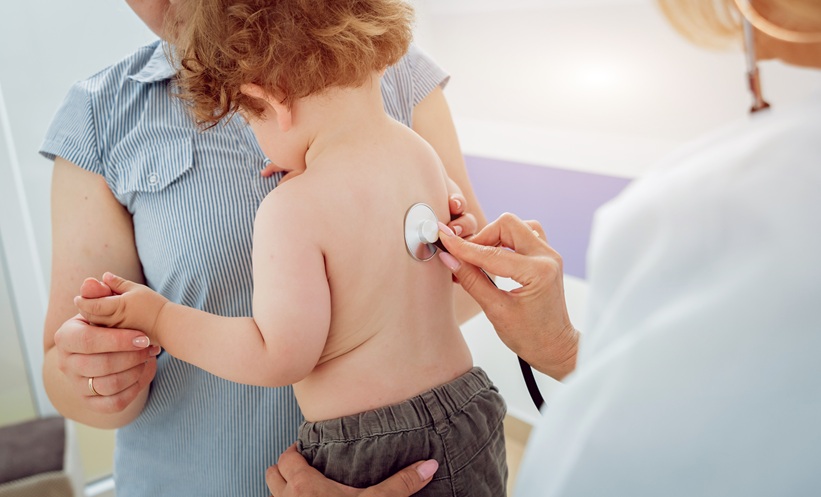IN a large multi-year surveillance study conducted across seven US medical centers, researchers found that respiratory syncytial virus (RSV) co-detection with other respiratory viruses in children under 2 years old was not significantly associated with worse clinical outcomes. These findings provide timely insights for pediatric healthcare providers as RSV continues to drive seasonal illness in young children nationwide.
The New Vaccine Surveillance Network (NVSN) study analyzed data from 18,008 children under the age of two who presented with fever or respiratory symptoms between December 2016 and March 2020. Of those tested, 28.6% (5,099 children) were positive for RSV. Among them, 77% had RSV-only detection, while 23% had RSV co-detection with at least one of six other common respiratory viruses.
Importantly, the study found no significant increase in the risk of hospitalization, ICU admission, oxygen supplementation, or intubation among co-infected children when compared to those with RSV alone. In fact, some co-infections were associated with better outcomes. Children with RSV and parainfluenza virus had a statistically significant lower likelihood of hospitalization (adjusted odds ratio [aOR] 0.56, 95% CI: 0.33–0.95, P = .031), and those with RSV and adenovirus were less likely to require supplemental oxygen (aOR 0.66, 95% CI: 0.46–0.95, P = .026).
These findings challenge assumptions that RSV co-infections inherently contribute to more severe illness and suggest that, in some cases, co-detection may not escalate clinical risk. The data underscore the importance of evidence-based triage and management strategies during viral season peaks and could inform diagnostic and treatment decisions for pediatric providers.
Reference:
Amarin JZ et al. Respiratory Syncytial Virus Co-Detection With Other Respiratory Viruses Is Not Significantly Associated With Worse Clinical Outcomes Among Children Aged <2 Years: New Vaccine Surveillance Network, 2016-2020. Clin Infect Dis. 2025;ciaf194.








